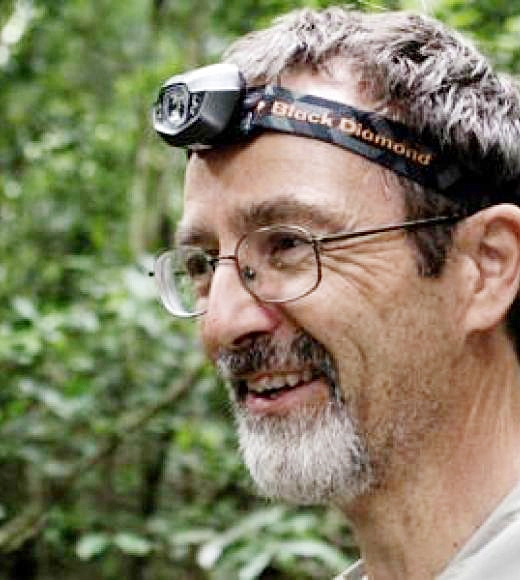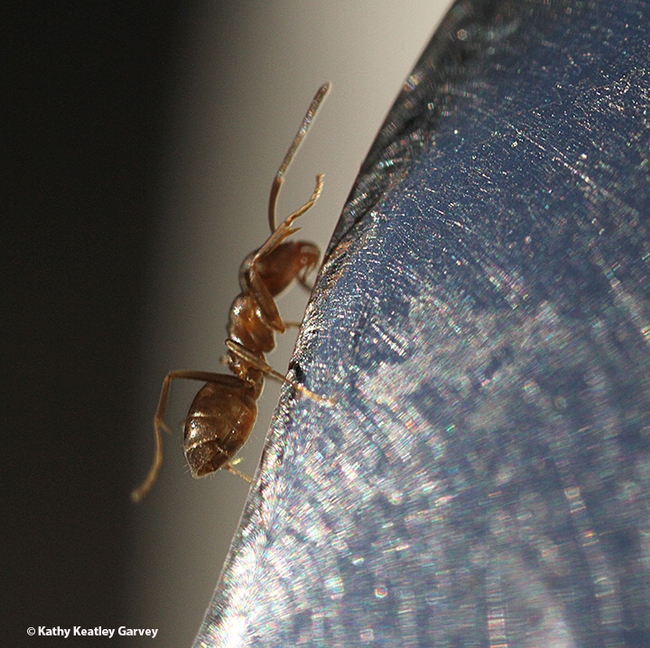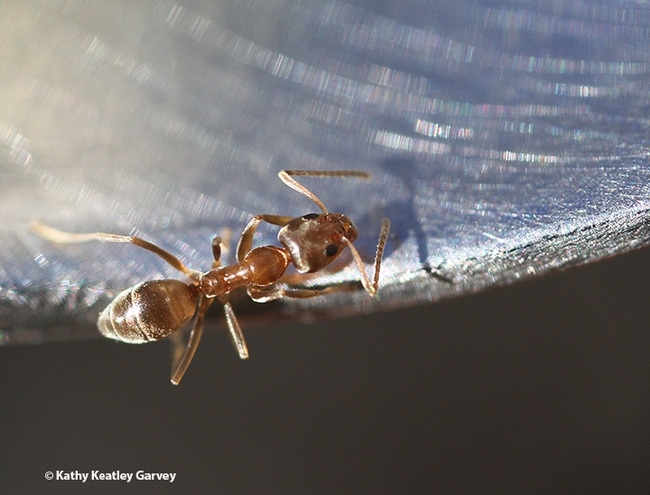
Then shortly after Wilson's death, entomologist Doug Tallamy, a University of Delaware professor, published an article in The Conversation that explored Wilson's lifelong passion for ants.
"Wilson, who died Dec. 26, 2021 at the age of 92, discovered the chemical means by which ants communicate," wrote Tallamy. "He worked out the importance of habitat size and position within the landscape in sustaining animal populations. And he was the first to understand the evolutionary basis of both animal and human societies."
"Each of his seminal contributions fundamentally changed the way scientists approached these disciplines, and explained why E.O.--as he was fondly known--was an academic god for many young scientists like me," Tallamy continued. "This astonishing record of achievement may have been due to his phenomenal ability to piece together new ideas using information garnered from disparate fields of study."
"Though I am an entomologist," Tallamy wrote, "I did not realize that insects were “the little things that run the world” until Wilson explained why this is so in 1987. Like nearly all scientists and nonscientists alike, my understanding of how biodiversity sustains humans was embarrassingly cursory. Fortunately, Wilson opened our eyes."
Last weekend I noticed some "little things that run the world" when I ventured out in the backyard to set out a spoonful of honey (not to "let the medicine go down" but to see ants come up).
What arrived: Argentine ants, as identified by Phil Ward.
Argentine ants are pests, says Ward, known globally for his expertise on ant systematics. These invaders from South America "form super colonies, which means different colonies don't fight each other; they're all cooperating," he told the UC Davis Biodiversity Museum Day/Month viewers. "And the other downside of Argentine ants is that they tend to eliminate native ants. So over the years I've lived in Davis, I have certainly noticed that native ants have declined as the Argentine ants have expanded. And they expand not just in, say, urban areas, but along certain natural habitats and one that they really like is the riparian habitat. So if you look along rivers and streams that are near urban areas, they're getting invaded by Argentine ants. And when they do, most native ants just disappear. This is a very tough aggressive ant and the mellow California ants can't handle an aggressive invader from South America. So they just disappear."
In his hour-long UC Davis presentation, Ward answered scores of questions, drawing viewers from as far away as Virginia. He illustrated his talk with ant images taken his former doctoral student Alex Wild (PhD from UC Davis in 2005), curator of entomology at the University of Texas, Austin, and a noted macro photographer (http://www.alexanderwild.com).
Ants, Ward said, live in long-lived colonies with (1) cooperative brood care (2) overlapping generations and (3) reproductive division of labor, the hall marks of eusocial behavior. He also pointed out:
- A typical ant colony contains a reproductive queen, numerous non-reproductive workers and brood (eggs, larvae, pupae)
- Colonies of ants can be thought of as superorganisms: tightly integrated and cooperative entities with complex systems of communication and division of labor (castes)
Ants originated about 120 million years ago (early Cretaceous), evolving from "wasp-like creatures," Ward said. They are members of the order Hymenoptera, and their closest relatives include honey bees, cockroach wasp and the mud daubers.
California has some 300 species of ants, Ward related, but thousands more are in the tropics, like Costa Rico. Globally, there may be as many as 40,000 to 50,000 species of ants, the professor estimated, but only about 14,000 are described.
"Ants have occupied almost all of the world's land surfaces, from deserts to rain forests," Ward said. "There's a few places they're absent. They're not in Antarctica, no surprise! They haven't colonized the Arctic and a few very high elevation tropical mountains, but apart from that, almost any place you go on land you'll see our friends, the ants. And they have assumed a quite a diverse array of ecological roles. Some of them are predators, others are scavengers, and some are seed collectors, and these habits vary tremendously among different species in different parts of the world."
Ants communicate largely by chemical (pheromones) and tactile means, Ward said, adding that their vision is "not particularly acute." He pointed out that that they lay a trail pheromones from the source of food back to the nest. They have alarm pheromones, causing other workers to act defensively. Chemicals also help ants distinguish their nest mates.
Ward's presentation, "All About Ants II," is posted on YouTube at https://youtu.be/d8eRNsD8dxo. You'll want to see why the UC Davis myrmecologist calls "My friends, the ants."
As for my little venture into "the ant world," I learned they are quite fascinating, but also quite difficult to photograph. They are indeed "the little things that run the world" and the emphasis should be on "run."
Even with a belly full of honey.
Attached Images:

